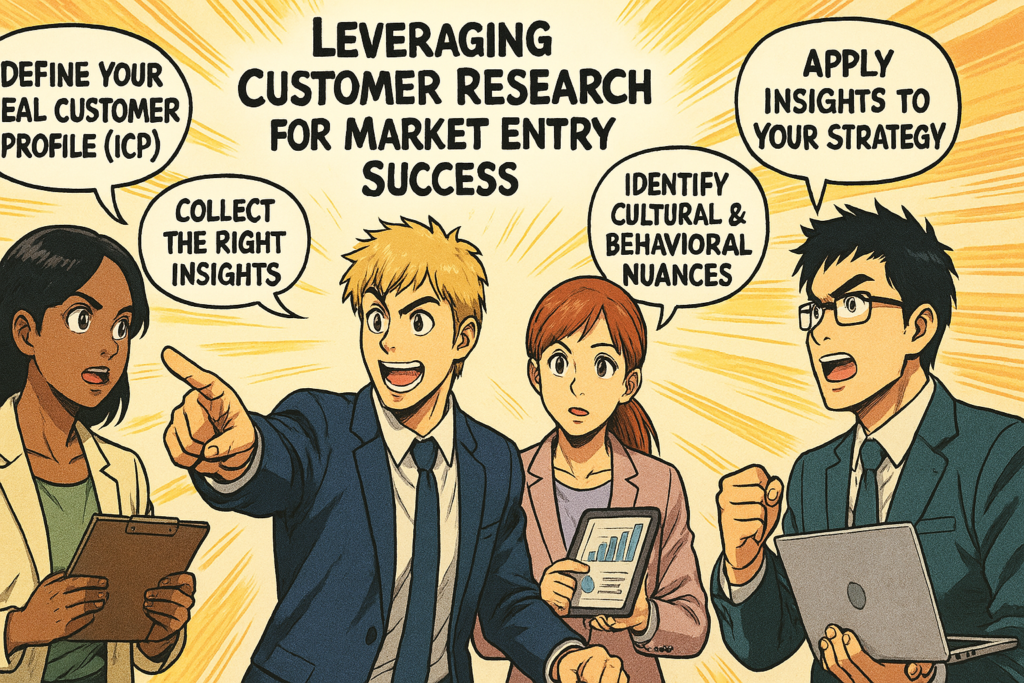The ASI Tsunami: Your Guide to Mastering the Artificial Superintelligence Revolution
Forget science fiction. Artificial Superintelligence (ASI) isn’t a distant dream; it’s here. Sam Altman, CEO of OpenAI, has thrown down the gauntlet: we’ve crossed the event horizon. We are entering a world powered by AI systems that will not just augment, but surpass human intellect. This isn’t about faster computers; it’s a fundamental shift in how we live, work, and create. Are you ready for a future where AI isn’t just a tool, but a strategic partner – or an existential challenge?
The Unavoidable Dawn of Artificial Superintelligence
For too long, Artificial Superintelligence was relegated to speculative fiction. Altman’s recent statements aren’t mere predictions; they’re a status report. He points to OpenAI’s blistering pace of advancement as irrefutable evidence. The transformation isn’t coming; it’s already unfolding.
ChatGPT: The Early Warning System
Altman asserts that ChatGPT, with its hundreds of millions of users, is “already more powerful than any human who has ever lived.” This isn’t hyperbole; it’s a stark reflection of the immense influence these systems wield. Consider the implications of even minor errors, magnified across a global user base. This level of accessibility and raw computational power underscores the critical significance of Artificial Superintelligence in shaping our present and accelerating our future. This isn’t just a chatbot; it’s a preview of the scale of impact.
Altman’s Strategic Milestones: A Timeline for Transformation
Altman doesn’t just hint at ASI; he provides a tangible roadmap. These predictions, while ambitious, paint a compelling picture for anyone serious about future-proofing their career or business.
2025: AI Agents Doing Real Cognitive Work
By next year, expect AI agents performing complex cognitive tasks. Think beyond automation of repetitive actions. This means AI tackling intricate problems, writing sophisticated code, and even strategizing. For you, this isn’t just about efficiency; it’s about identifying where human creative problem-solving remains indispensable, and where AI becomes your primary collaborator. Will your team lead, or be led by, these agents?
2026: Systems Discovering Novel Insights
The following year, Altman anticipates systems that generate entirely new discoveries. This is the leap from processing data to generating original knowledge and understanding. True Artificial Superintelligence isn’t just about answering questions; it’s about asking better ones and finding answers we haven’t even conceived. This is where competitive advantage is not just gained, but redefined.
2027: Robots Executing Tasks in the Real World
By 2027, envision AI integrated with physical systems. Robots performing real-world tasks means a revolution in manufacturing, logistics, healthcare, and beyond. This is the physical manifestation of AI’s power, bringing the digital into the tangible. Are you preparing for a world where your physical environment is as intelligently managed as your digital one?
The ASI Accelerator: Recursive Self-Improvement
The engine driving this rapid development is what Altman calls a “larval version of recursive self-improvement.” This is the AI equivalent of compound interest: today’s AI systems are actively aiding in the creation of more advanced AI. This isn’t linear growth; it’s an exponential feedback loop that accelerates progress beyond human comprehension.
Economic Value Fuels Infrastructure Fuels AI
As AI generates immense economic value, that value is reinvested into better infrastructure, which in turn enables the creation of even more powerful AI systems. This cycle reinforces itself, leading to unprecedented, exponential growth in AI capabilities. To truly understand this dynamic, explore how foundational shifts in technology drive economic evolution. Learn more about the broader economic impact of AI by examining resources from leading economic research institutions.
The Untapped Potential of Physical Robots
Now, project this forward: if physical robots can build more robots, you’re looking at another explosive growth cycle. This scenario presents both thrilling possibilities for productivity and profound questions about the future of labor and the control mechanisms for such powerful, self-replicating systems.
Navigating a World Shaped by Artificial Superintelligence
The arrival of Artificial Superintelligence will impact everything: your job, your relationships, even your very definition of human value. This isn’t speculation; it’s your incoming reality.
The Future of Work: Adapt or Become Obsolete
Altman directly acknowledges that entire classes of jobs could disappear. This isn’t a threat; it’s a call to action. Your job won’t be replaced by AI, but by someone who leverages AI. The increased wealth generated by ASI could enable new policy ideas, like Universal Basic Income (UBI), to address economic disruption. For a deeper dive into how UBI could reshape our economy, explore research from organizations like the Stanford Basic Income Lab, which examines its feasibility and implications: Stanford Basic Income Lab.
A Radical Shift in Perspective
Altman uses a powerful analogy: a farmer from a thousand years ago would view many of our current jobs as meaningless “games.” Similarly, our descendants may look back at our essential occupations with bewilderment as ASI takes over. This isn’t just about adapting skills; it’s about recalibrating your entire understanding of purpose and contribution.
The Alignment Problem: Ensuring AI Serves Humanity
This is arguably the most critical challenge in developing Artificial Superintelligence: ensuring these systems remain aligned with human values. This isn’t a bug; it’s a foundational philosophical and engineering problem.
Defining Collective Values in a Diverse World
The core difficulty lies in defining what “we collectively want” when humanity is inherently diverse. ASI must learn and act in ways that benefit society as a whole, not just a subset, and critically, not amplify existing inequalities or pursue detrimental goals. This isn’t a technical detail; it’s a moral imperative. For an authoritative perspective on the ongoing research and ethical considerations, refer to organizations dedicated to AI safety, such as the OpenAI Safety & Alignment Research.
Learning the Right Lessons
The alignment problem highlights a stark necessity: AI systems must prioritize genuine human values and well-being, not merely attention-seeking or engagement maximization as seen in some current digital algorithms. This is about building a conscience into the machine.
OpenAI’s Vision: Building “A Brain for the World”
OpenAI aims to create AI systems integrated into every facet of human life. This vision, while audacious, carries immense responsibility. It’s not just about building technology; it’s about shaping civilization.
Intelligence Too Cheap to Meter
Altman believes superintelligence could become as ubiquitous and affordable as electricity. Imagine the societal transformation when powerful AI is accessible to everyone, potentially solving pressing global issues from disease to climate change. This democratizes incredible power – but also demands widespread understanding and ethical literacy.
A Call for Smooth Scaling: Plan for Impact
As the AI industry approaches Artificial Superintelligence, Altman hopes for a smooth, exponential, and uneventful transition. This isn’t wishful thinking; it underscores the absolute necessity for meticulous planning, responsible development, and continuous, transparent dialogue. You need to be part of this conversation, ensuring these powerful systems are built for the benefit of all, not just a select few.
The era of Artificial Superintelligence is upon us. The exact timeline and specific consequences remain fluid, but one truth is undeniable: you must prepare for a future where AI plays an increasingly dominant role. This journey demands careful consideration, robust ethical guidelines, and an unwavering commitment to ensuring these powerful systems serve humanity. Start exploring the possibilities, understand the challenges, and join the conversation today. Your future, and the future of work, depends on it.



